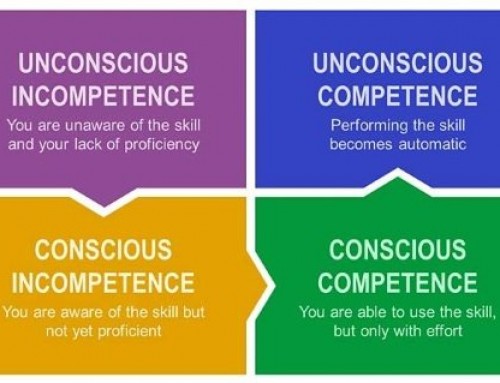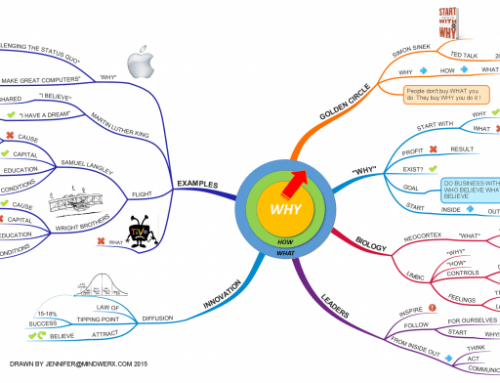The study and development of Creative Problem Solving has been going on for more than 60 years, having its origins in the work of great creative thinking explorers like Alex Osborn, Sid Parnes and others involved with the Creative Education Foundation and Creative Problem Solving Institute (CPSI).
The Osborn-Parnes divergent-convergent Creative Problem Solving process has been fundamental training at annual CPSI conferences since the 1950s, and provides the foundation for Mindwerx’ Deliberate Creativity and Innovation facilitations, workshops and online training.
CPSI is the oldest and longest running conference dedicated to the teaching and practice of creative thinking skills. CPSI was the brain child of Alex Osborn, the inventor of brainstorming and Creative Problem Solving, the founder of Creative Education Foundation, and cofounder of advertising firm BBDO.
Osborn and Sid Parnes started CPSI in 1955 and Jennifer and I attended CPSI a few years ago, where we participated in the Springboard training that outlined the Osborn-Parnes approach. We even met Sid who was then into his 90s, and we look forward to future conferences. If you get a chance we recommend getting along to CPSI 2014.
I want to share just a little of how Mindwerx uses the methods initially developed by Osborn, Parnes and others in team workshops we facilitate for clients, and that we cover in our various in-house workshops and facilitations.
Our focus since starting Mindwerx in 1998 has been the development of Deliberate Creativity & Innovation skills as a way to inspire innovation and support individuals and organisations seeking to be more successful.
When we started we knew that there was already a great body of work, with proven methods and tools available for creative thinking, and we wanted to focus on how to help other use these in a very practical way – rather than pretend we had ‘invented’ something dramatically new. So it just made sense for us to study the work Osborn, Parnes, de Bono, Herrmann, Buzan and others had done, and then show others how to use these themselves.
 As shown in our simplified model we adhere to the proven divergent-convergent approach, and have adopted a five stage process:-
As shown in our simplified model we adhere to the proven divergent-convergent approach, and have adopted a five stage process:-
Define the Challenge
Explore the Situation
Generate Ideas
Design Potential Solutions
Implement or Move to the Next Step
In each of these stages we also apply a divergent-convergent approach to first open up possibilities and then converge on those of greatest usefulness. This approach results in a superior problem solving outcome and allows for significantly better collaborative teamwork. This is because the approach can be strengthened with a wide range of thinking tools to promote effective and creative divergent and convergent thinking in a very collaborative manner.
In our workshops and facilitations we combine this staged approach with thinking tools to get the results sought.
To start you own exploration of Creative Problem Solving begin now by making a list of challenges you might wish to apply a new more deliberate and creative thinking approach to. In the divergent-convergent Creative Problem Solving model we begin with a challenge that needs to be worked on.
This challenge or problem may have arisen from something that has gone wrong, or may be a chronic issue that has been causing trouble for some time.
Many people have a To Do list of things that need to be worked on, and we recommend a similar ‘To Think About List‘ be drawn up for things that need to be thought about. We call this a Creative Hit List and the aim is to have 15-20 things stand out for some deliberate creative thinking.
So get started now by developing your own Creative Hit List of things you want to focus on this coming year so 2014 will be a truly remarkable year for you.
And to really accelerate your learning have a look at our online Deliberate Creativity & Innovation program which you can do in bite size lesson that give outstanding results.
Now is the time to plan to make 2014 an outstanding year of success!






Leave A Comment
You must be logged in to post a comment.